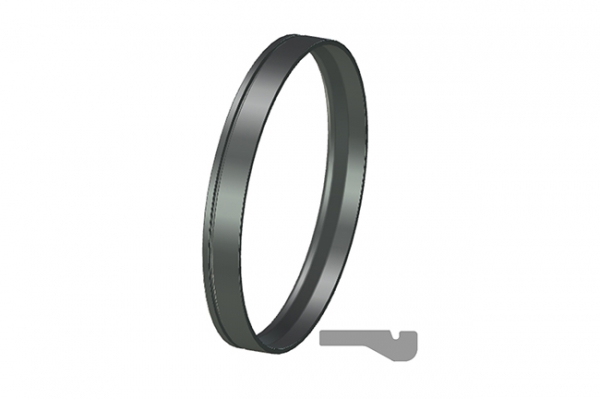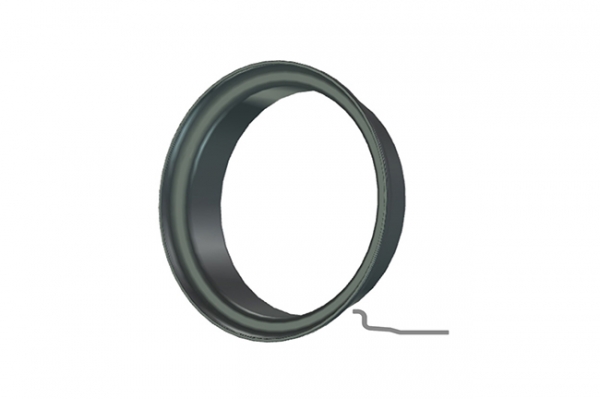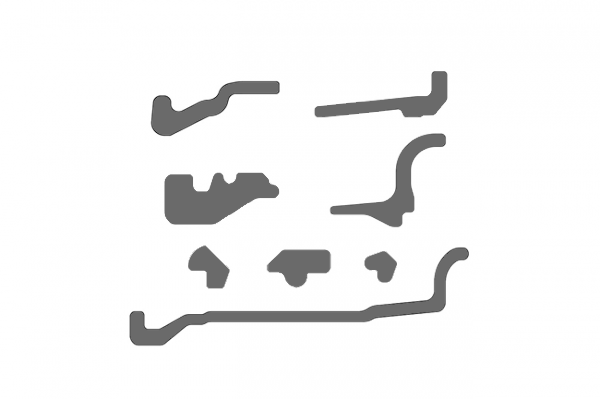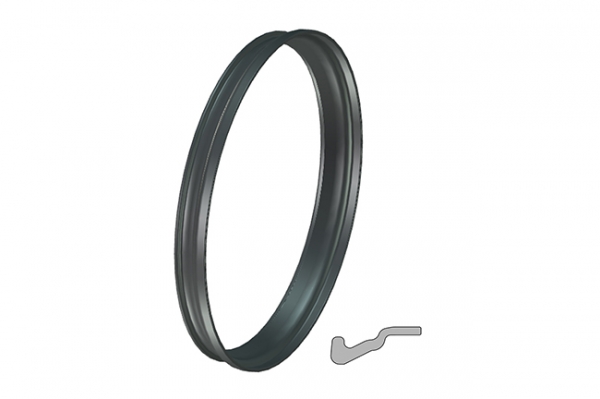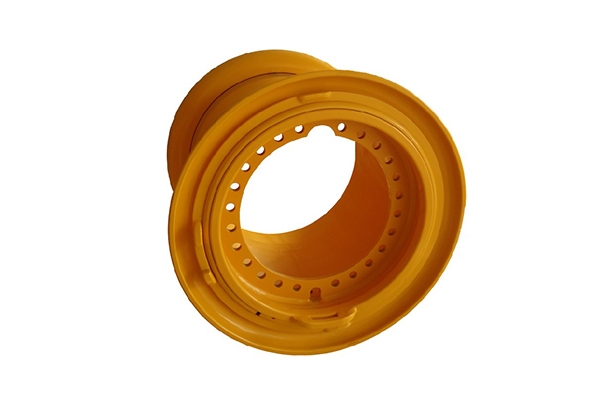Hot rolling, as the name suggests, has high rolling temperature, so the deformation resistance is small and can achieve large deformation. General production process of pipes can be divided into cold drawing and hot rolling. The cold drawing and cold drawing profile steel plant points out that the production process of cold-rolled pipe is more complex than hot rolling. Wall thickness of cold rolled pipe is generally smaller than that of hot rolled pipe, but the surface is brighter than that of thick walled pipe, the surface roughness is not high, and the diameter is free of burrs.

The conveying state of hot rolled pipe is generally the conveying state after hot rolling and heat treatment. The billet shall be rolled for three consecutive rolls, and then the size measurement test shall be carried out after extrusion, and then the annealing treatment shall be carried out. The annealing shall be pickled with acid liquid. Pickling should pay attention to whether there are large quantities of bubbles on the surface. After passing the quality inspection, the staff shall strictly manually select the hot-rolled pipe. After the quality inspection, the cold drawn profile steel manufacturer shall apply a layer of oil on the surface, and then conduct several cold drawing tests. Perforation test shall be carried out after hot rolling treatment. After straightening, it is transmitted to the flaw detector through the transmission device for flaw detection test. According to the specifications, the labels are put in storage.
Round tube billet heating → perforation → three roll cross rolling, continuous rolling or extrusion → tube stripping → grading (or reduction) → cooling → straightening → hydrostatic test (or flaw detection) → storage mark steel pipe is perforated from ingot or solid tube billet into capillary tube, and then hot rolled, cold rolled or cold drawn. The specification of pipe is expressed in mm of wall thickness. The outer diameter of hot-rolled seamless steel pipe is usually greater than 32 mm, and the wall thickness is 2.5-200 mm. The outer diameter of cold-rolled steel pipe can reach 6 mm, and the wall thickness can reach 0.25 mm. The outer diameter of thin-walled pipe can reach 5 mm, and the wall thickness is less than 0.25 mm, which is higher than the dimensional accuracy of hot-rolled and cold-rolled steel pipe.




